
It is believed that Phlox is extremely hardy and undemanding, which makes them even more popular. However, experienced collectors are often faced with problems that overshadow the joy of lush flowering plants so passionately loved.
Let me remind you that we continue this topic in more detail. Link to the first part – Phlox: Healthy or Sick? Part 1.
Is the diagnosis hopeless?
Most often, the literature indicates that Phlox may be affected:
- ring spot (virus black colatosti tomatoes),
- leaf curl (tobacco necrosis virus),
- rattle (tobacco curly banding virus),
- necrotic spotting (cucumber mosaic virus), in which there may be filamentous leaves, similar to a sign of defeat Phlox stem nematode.
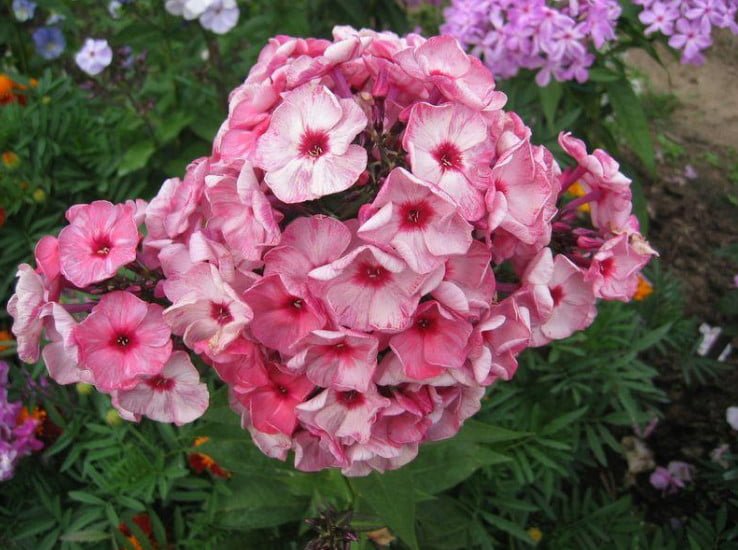
And if you set a goal and peruse at least a small part of the information that exists in the specialized scientific literature, you can come to the sad conclusion that Phlox are subject to even more various harmful diseases.
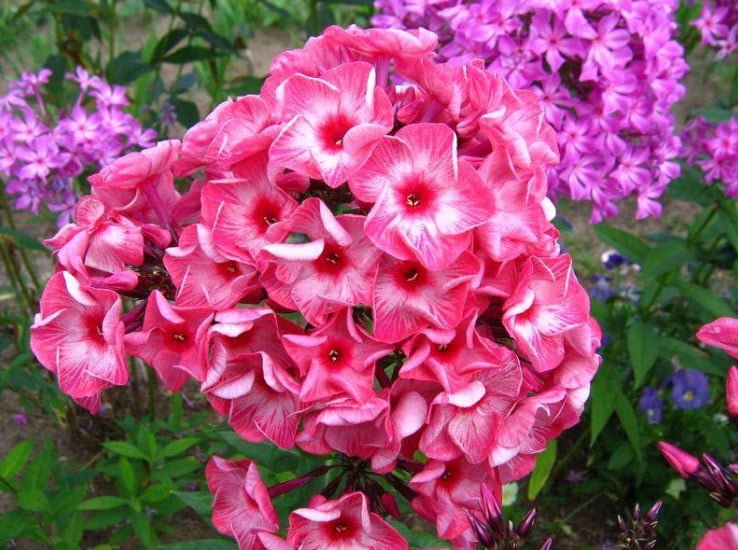
Jaundice, or greening flowers Phlox, previously mentioned in the literature as a disease of viral origin, is now attributed to diseases, the causative agents of which are Mycoplasma. It is a group of pathogens that occupy an intermediate position between viruses and bacteria. Diseases caused by Mycoplasma are considered to be no less dangerous than viral.
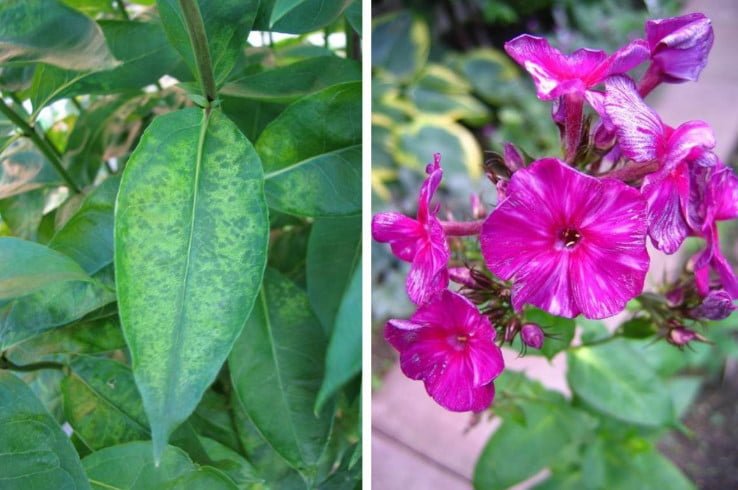
Infected plants are also advised to destroy. The experience of Amateurs, however, shows that Phlox jaundice is much less common than, for example, variegation, and can disappear as suddenly as it appears. Over the years of collecting neither in my garden nor in the gardens of my friends flocculates I have never faced with this disease. I had to wait a long time to find a suitable specimen for the experiments, which were crowned with “success” — infected Phlox successfully got rid of jaundice completely independently the next season after its acquisition, turning from a green-flowering freak in a luxuriously blooming white Phlox of an unnamed variety.
But in fairness I want to note that some flexbody could “boast” by jaundice, which is quite active on the Phlox ‘Blue Paradise’. Moreover, there are facts when “green” Phlox grow for many years in collections and do not infect neighbors. Perhaps this is because the carriers of phytopathogenic Mycoplasma in natural conditions are mainly cicadas. Transmission by leafhoppers Mycoplasma infection is circulationin way, i.e. not immediately after feeding on a diseased plant, and after a certain (latent or incubation) period in the body of the carrier, in contrast to viral diseases that are transmitted with the juice of plants even when cutting bushes with the same cutting tool. This pest is widespread in hot countries and southern Europe, where it causes significant damage. In addition, mycoplasmas can themselves be subjected to viral infection. A very important distinguishing feature of Mycoplasma organisms from viruses is that they can be successfully suppressed by a certain group of antibiotics.
For myself, I made this conclusion: jaundice, or greening the flowers of Phlox does not cause such destructive damage to the collections of Phlox, as viral infections.
To distinguish one dangerous disease from another is not always possible only by external signs. Moreover, the plant may be present a “bouquet” of diseases. For the same reason, there are many questions about those unusual Phlox, which in recent years have flooded the flower market. For example, Phlox ‘Picasso’ and ‘Lasse’ have all the external signs of variegated.
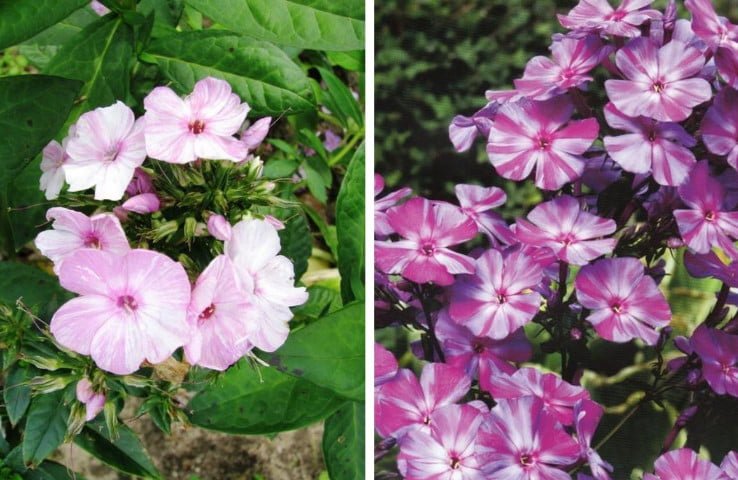
Or widely advertised Phlox ‘Russian Surprise’, with crumpled and deformed petals, which, according to the introductor, not propagated by cuttings, which may also be a sign of infection with a viral infection, as vegetative reproduction in viral diseases is often difficult.
By the way, Phlox-filings are very similar to “jaundice”.
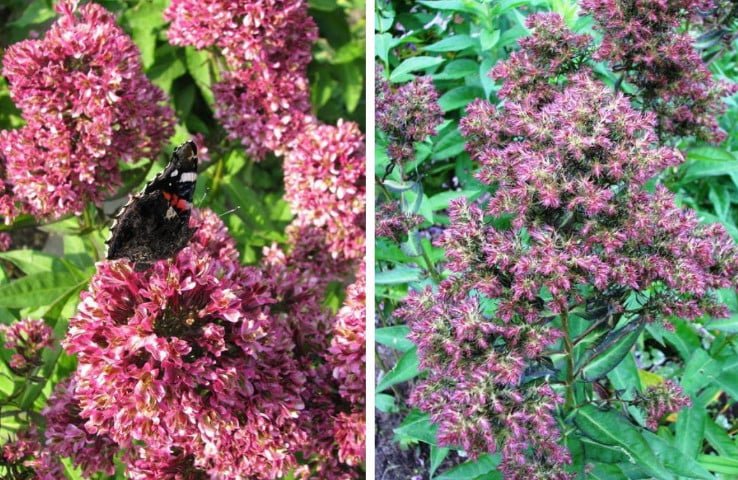
Without serious tests in the laboratory to assert unequivocally that such phloxes are absolutely healthy and their intricate appearance is just a genetic mutation, it is not quite logical and correct. As far as I know, no professional studies have been conducted on the presence of viruses and pathogens.
Meanwhile, there is a similar and sad experience for host lovers. As you know, several host varieties with unusual stripe-colored foliage were registered, had great demand and were actively sold. But after carrying out tests to detect viral infections, it turned out that the hosts were infected with dangerous diseases, which caused such an unusual coloring .
And, of course, the ancient history with the diversity of tulips says that not everything that is beautiful and unusual is the result of genetic, not viral mutations, and therefore requires responsible research.
In order to protect your collection from viruses, you need to constantly and carefully inspect the Phlox.

If:
- the flowers have a suspicious change in the color,
- Corolla curved,
- petals asymmetric or uneven edges,
- leaves wrinkled or covered with suspicious spots, —
you need to think about the fact that these strange changes in the appearance of the plant can be the first signs of dangerous viral infections.
Burn or cut?
Destroy questionable Phlox or not, only decides the grower, but I just want to warn you that viral diseases can be easily transmitted:
- with the juice of diseased plants,
- with pollen,
- with seeds,
- even with spores of pathogenic fungi that affect Phlox.
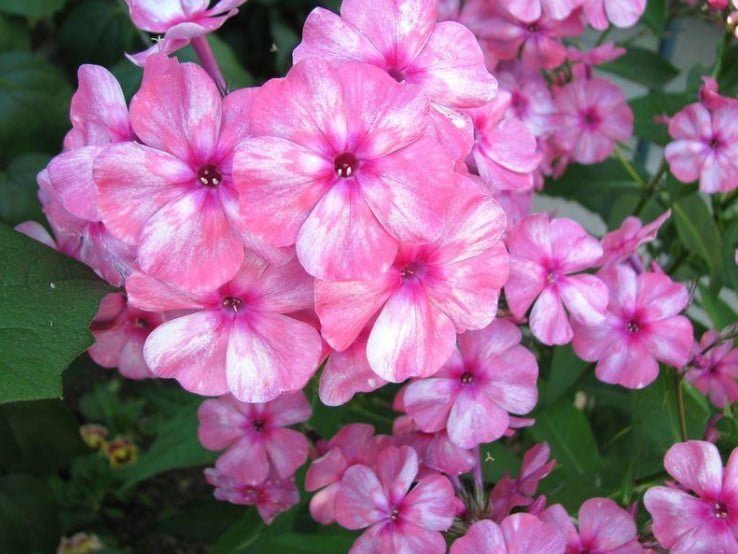
All kinds of sucking insects living on Phlox, as well as nematode actively contribute to the spread of viral infection. And not the fact that the infected Phlox can grow for many years in the collection, without spreading the disease to healthy Phlox. I have not once had to observe, as the Phlox is”char”, contained in the collection for several years, only one season spread of the dangerous variegated virus almost all Phlox growing on the site of hapless flocculate.
The rate of spread of viral infections depends to a greater extent on the conditions of the season and the activity of those insects that spread the disease. Moreover, the external signs of the virus can be clearly manifested only in certain periods of the season (for example, in late summer) or in seasons with atypical weather conditions.
Collections consisting of resistant varieties that are immune to infection, as well as young Phlox with a strong immune system, are less affected by viruses.
Misleading and introduces the fact that the said virus is not always oppressive effect on the growth and development of Phlox: it is quite lush blooms and grows well. In addition, all Phlox have a different degree of susceptibility to viruses and can be for a long time next to a sick plant without getting infected from it.
And it happens: in the Bush there is only one or two branches with variegated-colored flowers, the rest of the shoots look perfectly healthy, or in the inflorescence there are only a few flowers with signs of infection. For more than ten years, I conducted experiments with such Phlox and came to the following conclusion: as a rule, cuttings taken from “clean” branches grow well, and Phlox, grown from them, very rarely show signs of the variegated virus. Does this mean that the virus has gone into a latent (hidden) form or the immune system of plants rejuvenated by cuttings, rejected the virus, it is impossible to say unequivocally without professional laboratory tests. I can only share my experience and say that the rejuvenation of Phlox by cuttings is only good for plants. For this reason, many experienced Phlox growers practice reproduction of plants only by cutting, rather than dividing old bushes, which often acquire a whole “bouquet” of various diseases with age.
And sometimes strange behavior of instances of cases result in total bewilderment. For example, the Phlox bushes with obvious signs of variegation, traditionally planted “over the fence”, in the worst growing conditions, suddenly ceased to “dazzle” and looked in subsequent years perfectly healthy. This is not always the case, but some cases have met not only me, but also my friends collectors.
Among professionals there is a perception that viral infections are a kind of” nurses ” and affect those plants that have a weak immune system that is not able to resist dangerous diseases. Breeders can only wish that new varieties have such proven and reliable qualities.
To summarize: viral and mycoplasmic Phlox disease is not sufficiently studied, and the florist-lover, trying to unravel their secrets, there is a large number of questions without accurate and unambiguous answers.




Leave a Reply